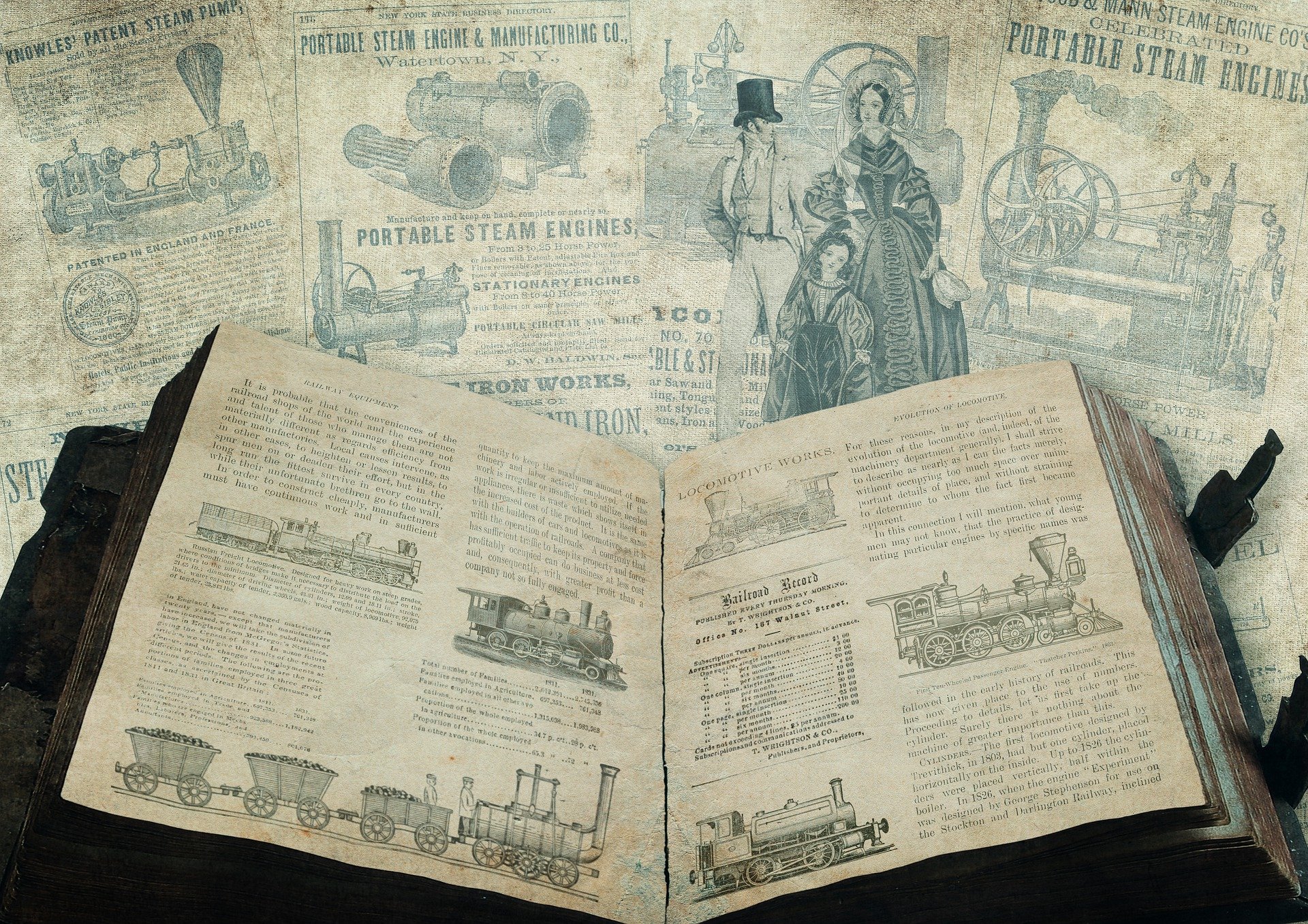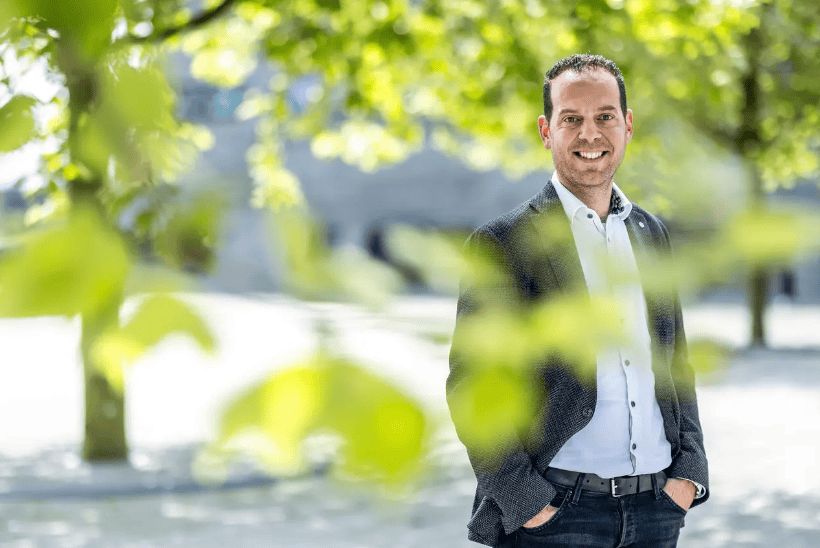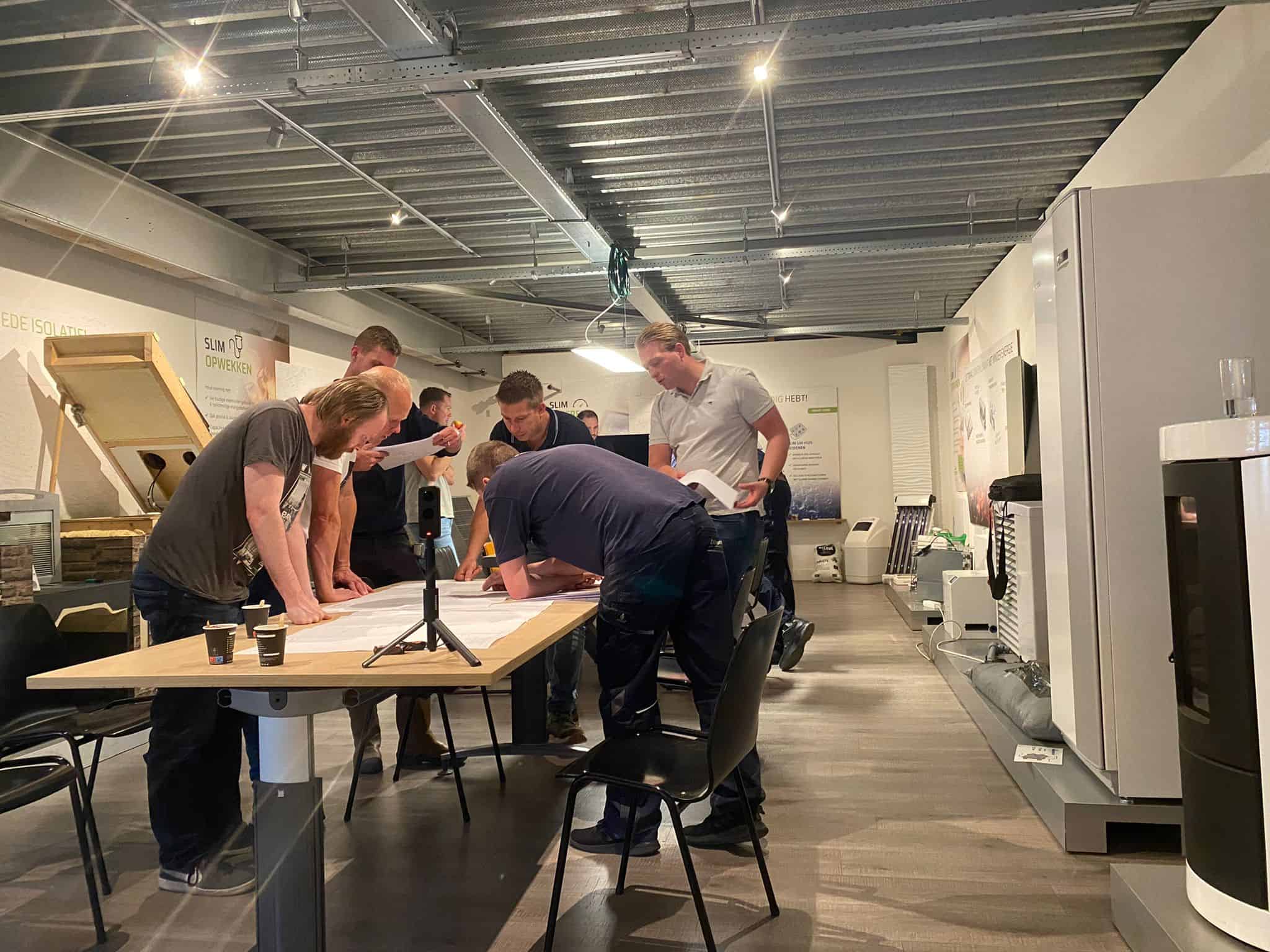
It gives you a good feeling to see how many people are committed to doing something useful in this time of crisis. Very often this involves patents. I spoke to an entrepreneur who wants to make protective equipment and wonders whether he will infringe on third party patents in the future. That risk turned out not to be so great. In another case, a major pharmacist did not want to reveal the composition of a test fluid, but it has already been described in one of his patents for a long time.
Patents were introduced to stimulate technological progress. The inventor gets an exclusive right, but has to write down exactly what he has invented and that description is published after 1.5 years. The purpose of this publication is twofold: Others must of course be able to know what they are not allowed to do but must also be able to learn from the invention. After 20 years, the protection ends and everyone in the world is allowed to copy the invention.
Fantastic inspiration
In the past, publication meant that the application was included in the library of the patent office. In Rijswijk, Netherlands, there used to be kilometers of paper containing almost all patent publications from all over the world. It was quite an art to find interesting publications there. That library no longer exists, since nowadays everything is available online for free via Espacenet and Google Patents. Strangely enough, it’s not the first thought of innovative start-ups to see what the competition has done. Nor is it a standard element of the curriculum at universities, even though the patent database is a fantastic source of information with well-organized technical information.
Over the past few weeks I’ve been spending a lot of time looking for patents on face masks and virus filters. There are thousands of patent publications with many technical details. If you go through the applications of the last couple of years, you’ll learn what the problems are that are currently involved in making them. If you can’t find the most relevant publications, you’re not looking very hard. Don’t think there’s nothing there because you can’t think of anything or because a patent has already been applied for. To make sure you are not infringing on someone’s valid patent, you can start making face masks as described in patent publications that were applied for more than 20 years ago or ones that were never granted.
Other people’s patents
So the crazy thing is that companies come to make sure they are not infringing on other people’s patents, but rarely come to ask what they can learn or to get new ideas from them. It would also be an opportunity to find someone they could work with to get to the market faster or just to keep an eye on the competition. Often the patent application is published before the product reaches the market.
But that’s enough examples. I would argue that entrepreneurs, start-ups or not, would be well advised to look into patent applications from others more often.
Hans Helsloot is a patent advisor at the Netherlands Patent Office, but writes this column in a personal capacity.
About this column
In a weekly column, alternately written by Hans Helsloot, Eveline van Zeeland, Jan Wouters, Katleen Gabriels, Mary Fiers, Peter de Kock, Tessie Hartjes and Auke Hoekstra, Innovation Origins tries to find out what the future will look like. These columnists, occasionally supplemented with guest bloggers, are all working in their own way on solutions for the problems of our time. So tomorrow will be good. Here are all the previous episodes.








